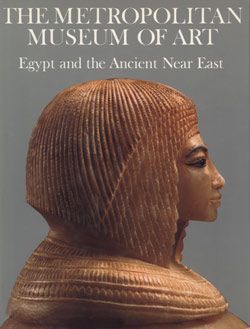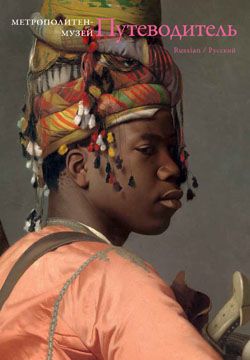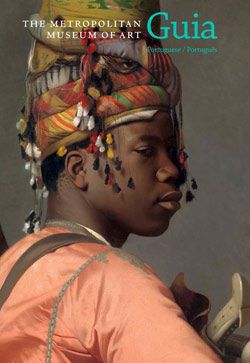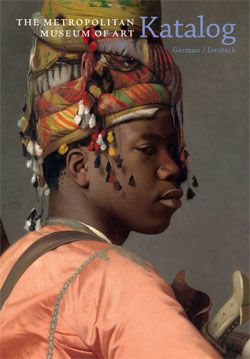Lotiform Chalice
Third Intermediate Period
The fragrant blossom of the blue lotus is a common motif in all forms of Egyptian art. Because it opened its petals to the sun each morning, the flower became a symbol of creation and rebirth. During the Third Intermediate Period, faience chalices derived from the shape of the blossom and other faience delicacies were decorated with relief scenes evoking a constellation of myths having to do with the birth of the king as child of the sun god out of the watery marsh environment, and thus the renewal of the world out of the flooded land anticipated with the beginning of the Inundation at the Egyptian New Year.
Here, against a background of water filled with fish, papyrus clumps and water reeds, the marshes are evoked as a magical environment: the central register shows a man with a calf or cow over his shoulders, a huge water bird, and a horned animal all riding along in a light papyrus skiff without tipping in the least, while in the top register another man separates a horned animal and a huge bull with his bare hands.
#3485. Overview: Faience Chalices
This image cannot be enlarged, viewed at full screen, or downloaded.
This artwork is meant to be viewed from right to left. Scroll left to view more.






















